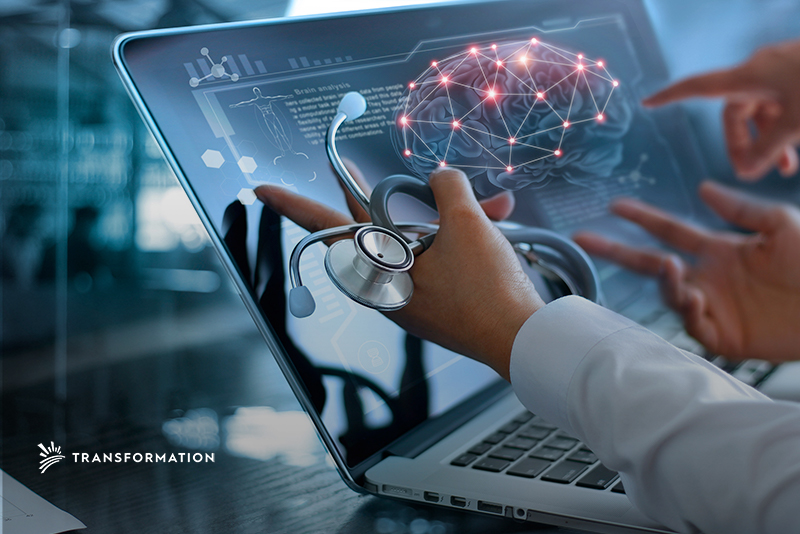The Most Profitable Investment You Can Make… Is In Your Own Health
While we only have a small influence on what is happening around us, and certain environmental conditions are a given, we do have a say on what foods we choose to fuel our body with. Especially during a global pandemic, investing in our health is important. That investment includes maintains a nutrient rich diet that most effectively supports our immune system and overall well-being.
Take a moment and think about how many fruits and vegetables you have eaten with in the past 24 hours. According to the CDC (National Center for Chronic Disease Prevention and Health Promotion) fewer than 1 in 10 adults and adolescents eat enough fruits and vegetables.
These statistics are alarming, since poor nutrition can have many harmful effects on our health and increases the likelihood for overweight and obesity, heart disease and stroke, type 2 diabetes, cancer and deficits in brain function. On the bright side, research shows that the right nutritional intake also has the potential to heal our bodies.
What Dr. Whals discovered about food and our brain
After Dr. Wahls, a professor of medicine at the University of Iowa, was diagnosed with Multiple Sclerosis (MS) and her health vastly declined even though she had access to the best medical care and newest drug treatments in the country, she decided to do her own research. She began to use her own medical knowledge to study the latest research on PubMed.gov.
She learned to understand her diagnosis, Multiple Sclerosis, and other neurodegenerative diseases such as Alzheimer’s and Parkinson’s. In particular, research on the disease’s impact on the mitochondria in our cells caught her attention.
The mitochondrion is a part of a eukaryotic cell often described as the cell’s power plant. It is responsible for cellular respiration during which glucose is converted into ATP to provide the energy for everywhere else in the cell. Every cell in our body contains mitochondria; some cells contain more than others depending on their energy level activities. According to Dr. Terry Wahls, the “brain, retina, heart and liver contain more mitochondria than most other cells in our body because thinking, seeing, pumping blood, and processing toxins are all high-energy level activities.”
Research by leading scholars in the field showed that - during the course of a neurodegenerative disease - the mitochondria stop working efficiently. Over time, this causes the brain to shrink.
Dr. Wahls was determined to restore the function of her brain and her mitochondria cells and, through that, reverse the effects of her disease. After further investigations into medical research, she concluded that our diet correlates to our cells’ ability to function and, ultimately, cellular fuels are directly linked to the foods we eat.
She discovered that there are multiple essential vitamins, minerals and nutrients that our brain needs to function. Instead of taking supplements, she researched the foods that contained all the nutrients she needed and designed a food plan specifically for her brain and mitochondria. Her diet is similar to the hunter-gatherer diet and is said to be more nutritious than the American Heart Association diet, provide more nutrition than the American Diabetes Association diet, and is more nutritious than the USDA food pyramid diet.
After following her new diet, Dr. Wahl’s condition improved drastically. And after only a few months, Dr. Terry Wahls - who wasn’t even able to sit in a normal chair anymore and could only walk with two canes - was able to complete a full 18 mile bike ride.
What the diet consists of
The diet consists of three cups of green leaves, three cups of sulfur-rich vegetables, three cups of bright color, grass-fed meat, organ meat and seaweed a day.
1. Greens
Dark, leafy greens contain Vitamins B, A, C, K and minerals. Kale has the most nutrition per calorie of any plant. Other examples for nutritious greens would be spinach, bok choy, radish greens and beet greens. B Vitamins help nurture the brain cells and mitochondria and Vitamins A and C support our immune cells. Vitamin K is sufficient in keeping your blood vessels and bones healthy. Minerals are cofactors for hundreds of different enzymes in your body.
2. Sulfur-Rich vegetables
These vegetables are essential for the organs in your body and are especially important for your brain and mitochondria. Cabbage families contain plenty of sulfur. Examples would be cabbage, broccoli, cauliflower, brussel sprouts, turnips, garlic, rutabagas, collards and kale.
3. Color-rich fruits and vegetables
Colorful fruits and vegetables are full of antioxidants and help protect the growth of brain and mitochondrial cells. They are good for your retina and play an essential function in the removal of toxins. Any fruit or vegetable that is full of color works. Beets, red cabbage, peppers, carrot count for this purpose.
4. Fatty-Fishes and Grass Fed Meats
Omega-3 fatty acids are very important in maintaining your brain health. These can be found in wild salmon, grass-fed beef, sardines, walnuts and flaxseeds.
5. Iodine
Iodine can be found in seaweed and other sea vegetables such as kelp and arame, but also in some meats, as well as cranberries.
As we look at impact investing and ways to build renewable resources, we can’t leave out the most important resource - ourselves. It takes a lot to run our brains, the most powerful supercomputers in the world, and those brains build innovation, inspiration and opportunities for investment. Invest in your health: it’s the most profitable investment you can make.




Leave a Reply